Artifacts
Head of Bacchus
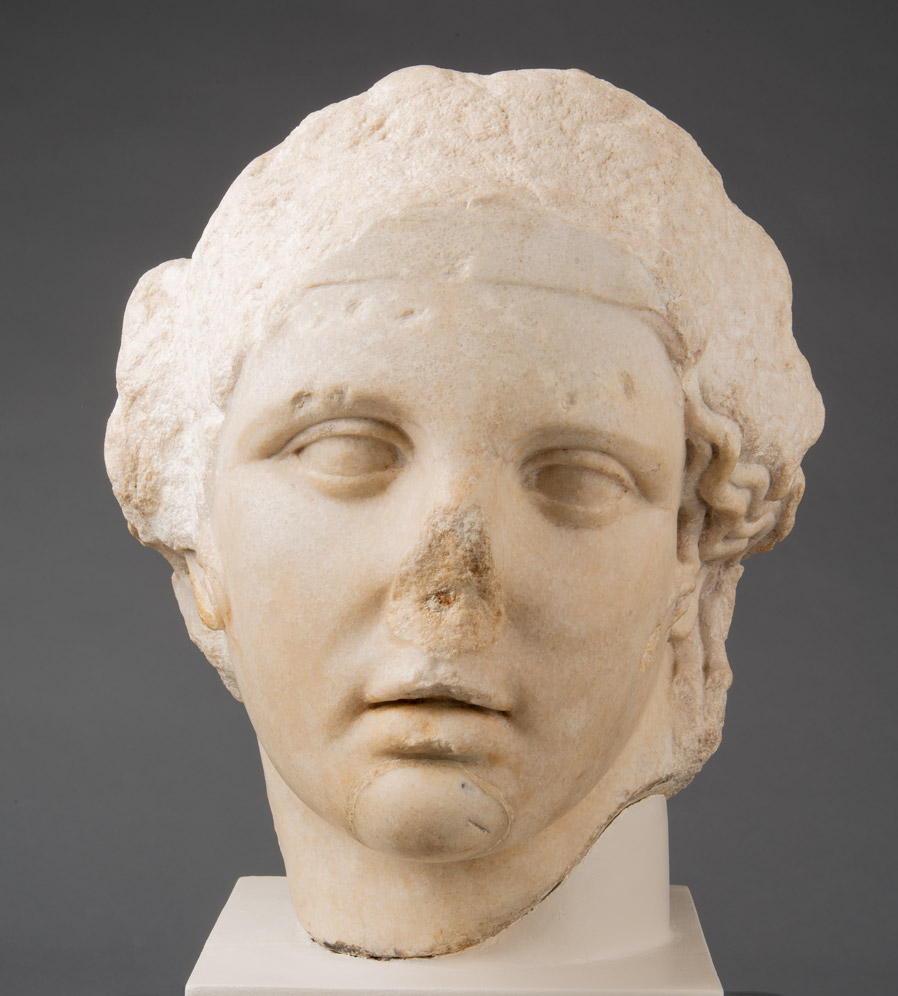
- Marble, pigment
- Roman, Hadrianic period, 117–138 CE
- Museum Purchase, 1974
- 1974.4.1
Painted mummy portrait

- Wood, encaustic, pigment, gold leaf
- Roman, Trajanic period, 98–117 CE
- Fayum, Egypt
- Purchased from N. Tano, 1935
- KM 26801
Votive head
This piece of sculpture was probably someone’s gift to a god and would have been placed a temple for visitors to see.

- Terracotta with black and red pigment
- Roman period (2nd century BCE)
- Roman Italy, possibly Veii
- Gift of Francis W. Kelsey, 1901
- KM 1759
Architectural fragment, possibly from an altar
This terracotta piece was part of a larger architectural element, most likely an altar within a house.
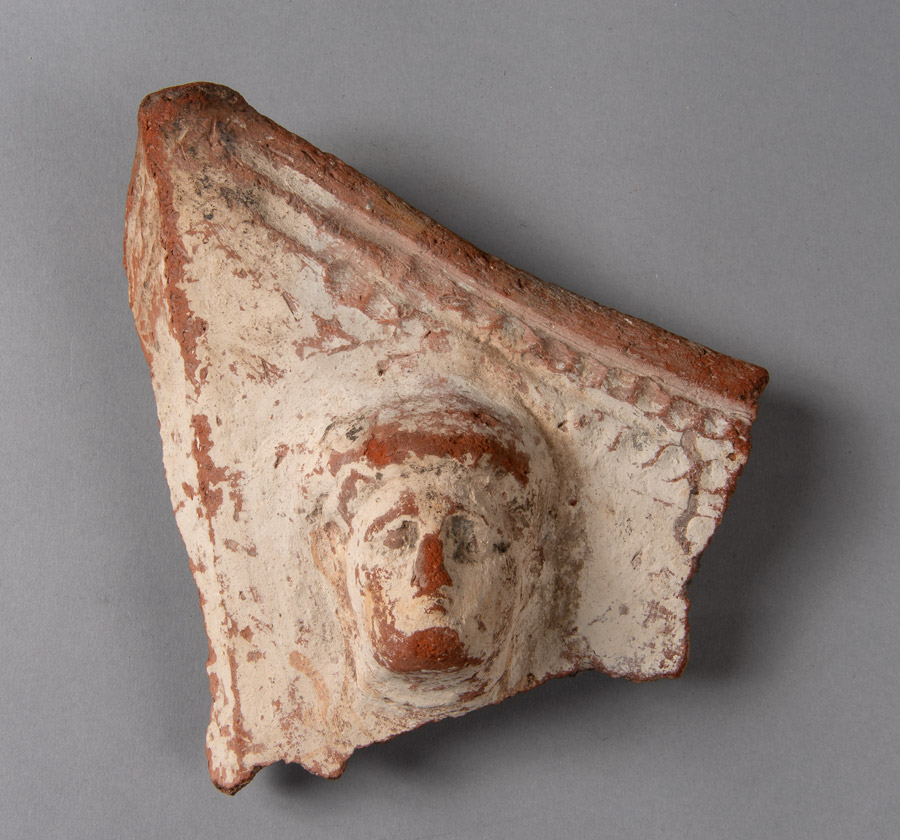
- Terracotta, gesso, and black, brown, and pink pigment
- Roman period (4th century CE)
- Karanis, Egypt
- U-M Excavations, 1924–1935
- KM 6940
Wall painting fragment
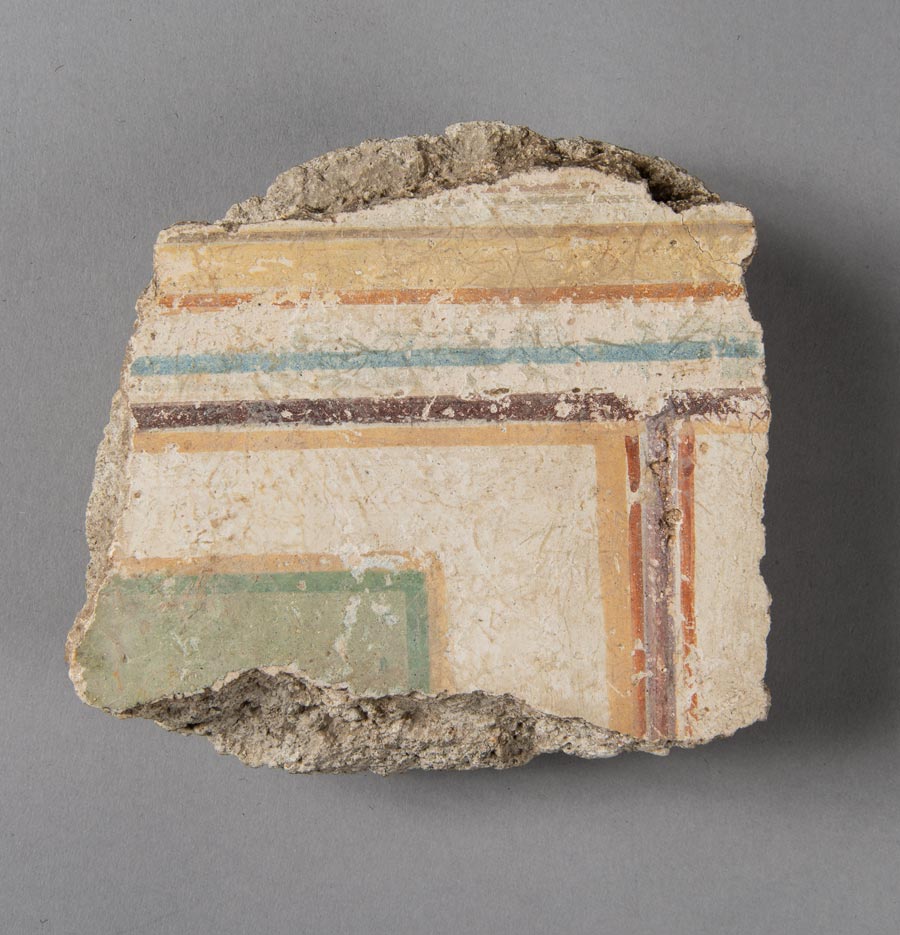
- Mortar, plaster, and white, yellow, orange, green, Egyptian blue, dark red, light purple, and brown pigment
- Roman period (2nd century BCE–4th century CE)
- Possibly from Italy
- Kelsey Museum Collection
- KM 94571
Wall painting fragment
The wall from which this fragment comes was painted in two phases. First, bright, bold pigments were applied directly to the wet wall plaster in a technique called a fresco. Once the plaster was dry, shading and details were applied to the dried wall in a second layer of pigments that were mixed with a liquid binder, a technique called a secco.
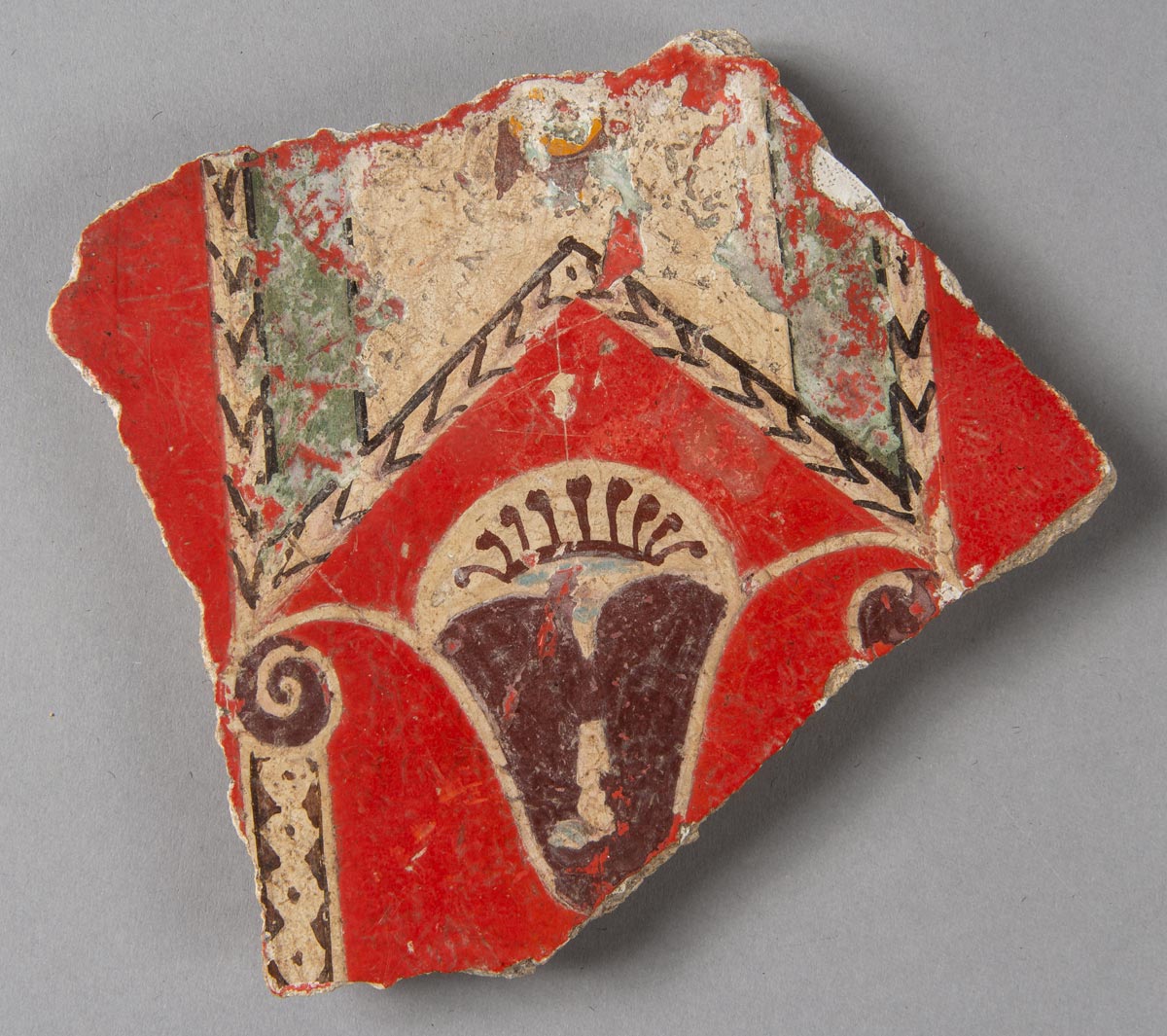
- Mortar, plaster, and black, white, red, yellow, green, Egyptian blue, and purple pigment
- Roman period (2nd–1st century BCE)
- Italy
- Gift of Mrs. David Dennison, 1977
- KM 1977.3.11
Wall painting fragment
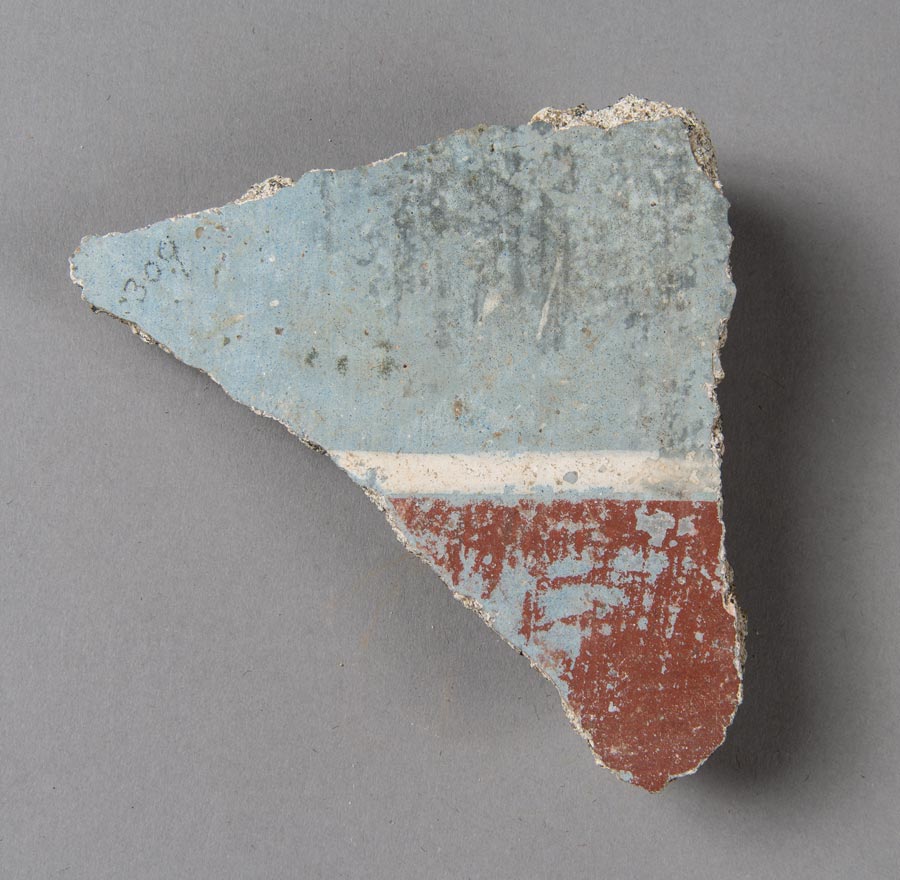
- Mortar, plaster, and white, red, and Egyptian blue pigment
- Roman period (2nd century BCE–79 CE)
- Pompeii, Italy
- Gift of Francis W. Kelsey
- KM 309
Architectural fragment, possibly from a shrine
This terracotta piece was likely part of a household shrine called a lararium, where members of a family honored the gods.
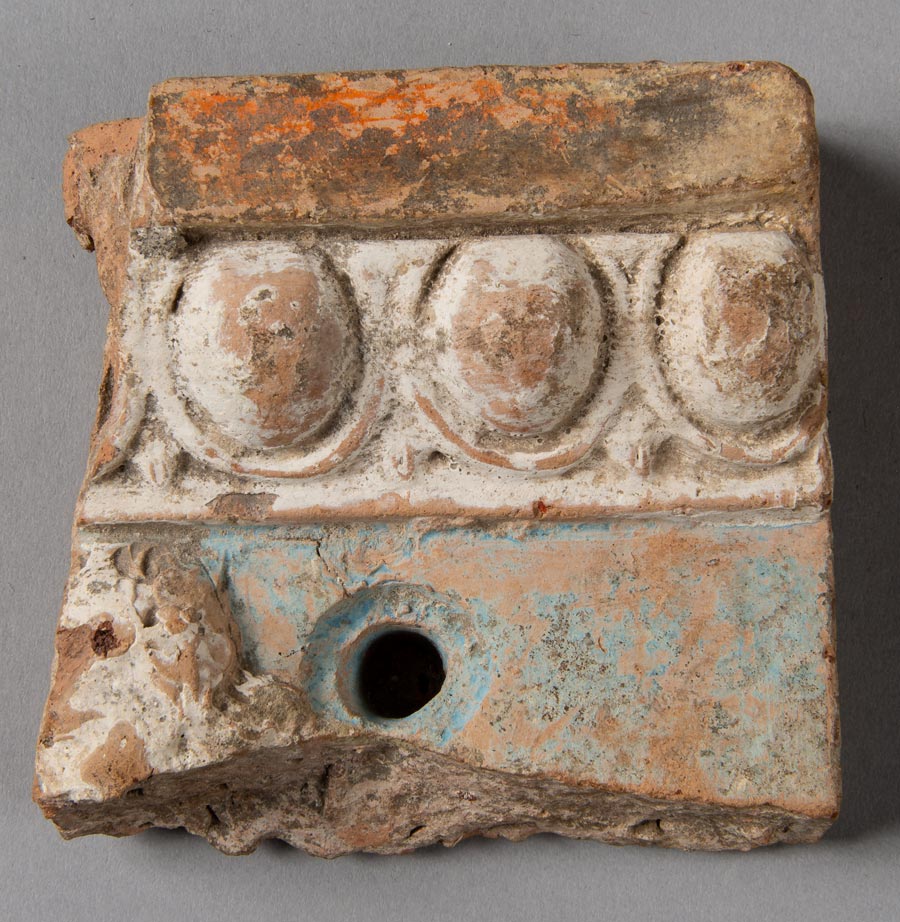
- Terracotta, gesso, and orange-red (red lead?) and Egyptian blue pigment
- Roman period (1st century CE)
- Provenance unknown
- Gift of Mrs. Helen D’Ooge Daily, 1958
- KM 29174
Bag

- Wool with red, green, and possibly yellow dye
- Roman period (1st–4th century CE)
- Karanis, Egypt
- U-M Excavations, 1924–1935
- KM 11666
Basket with traces of red
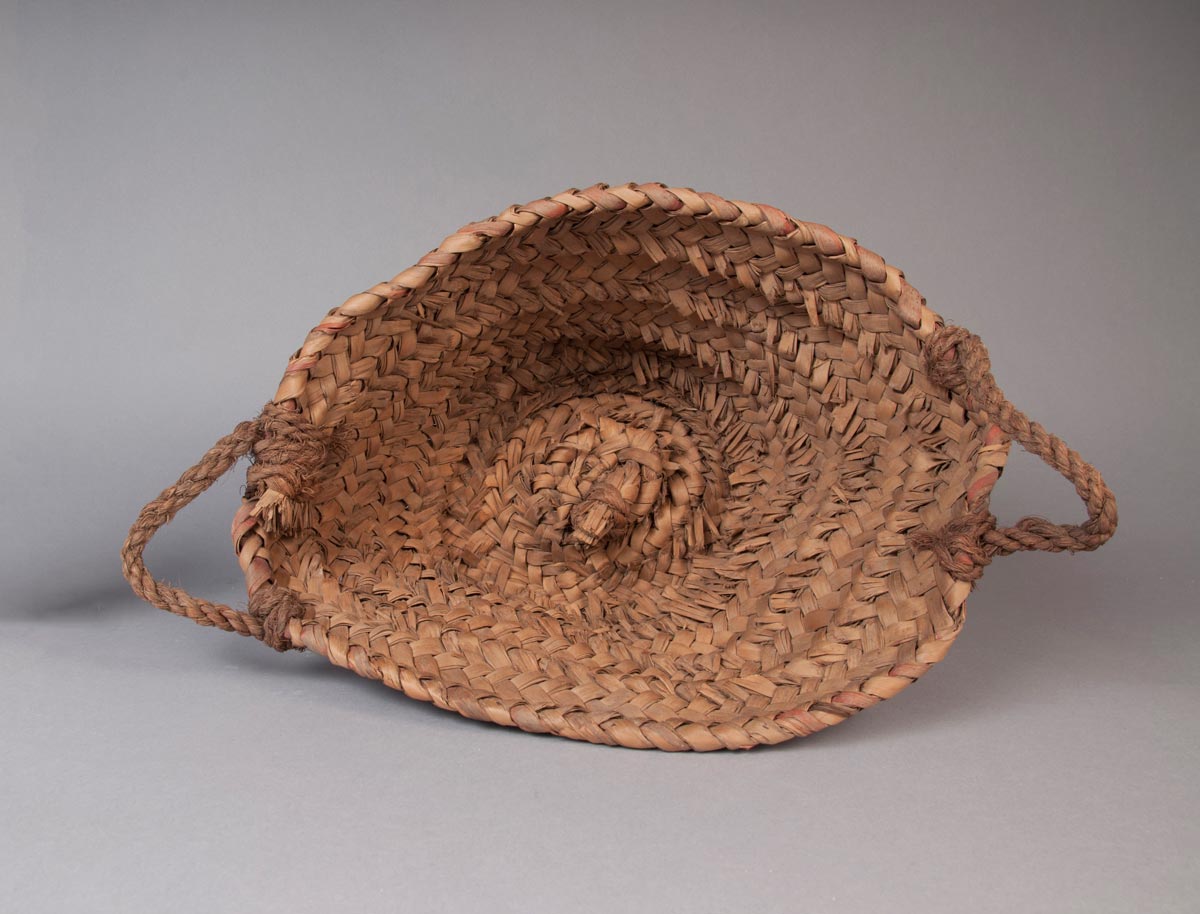
- Palm leaf with red pigment or dye
- Roman period (1st–4th century CE)
- Karanis, Egypt
- U-M Excavations, 1924–1935
- KM 3458
Textile fragment featuring a scene from the myth of Leda and the swan

- Wool with purple dye
- Roman period (2nd century CE)
- Karanis, Egypt
- U-M Excavations, 1924–1935
- KM 10662
Textile “doll”
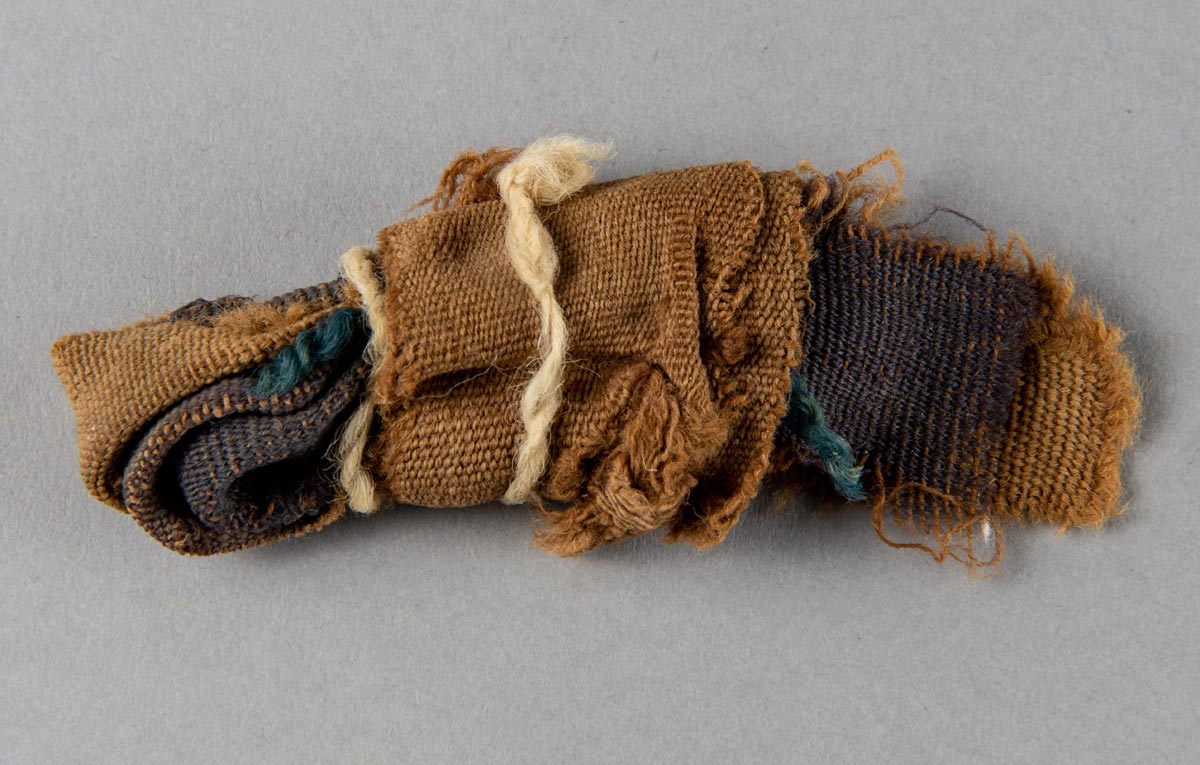
- Wool with blue and purple dye
- Roman period (1st–4th century CE)
- Karanis, Egypt
- U-M Excavations, 1924–1935
- KM 7523
Textile fragment, undyed except for a purple stripe

- Wool with purple dye
- Roman period (1st–4th century CE)
- Karanis, Egypt
- U-M Excavations, 1924–1935
- KM 12873
Textile fragment

- Wool with purple dye (probably a blue-red mixture), flax
- Roman period (1st–4th century CE)
- Karanis, Egypt
- U-M Excavations, 1924–1935
- KM 12569
Textile fragment
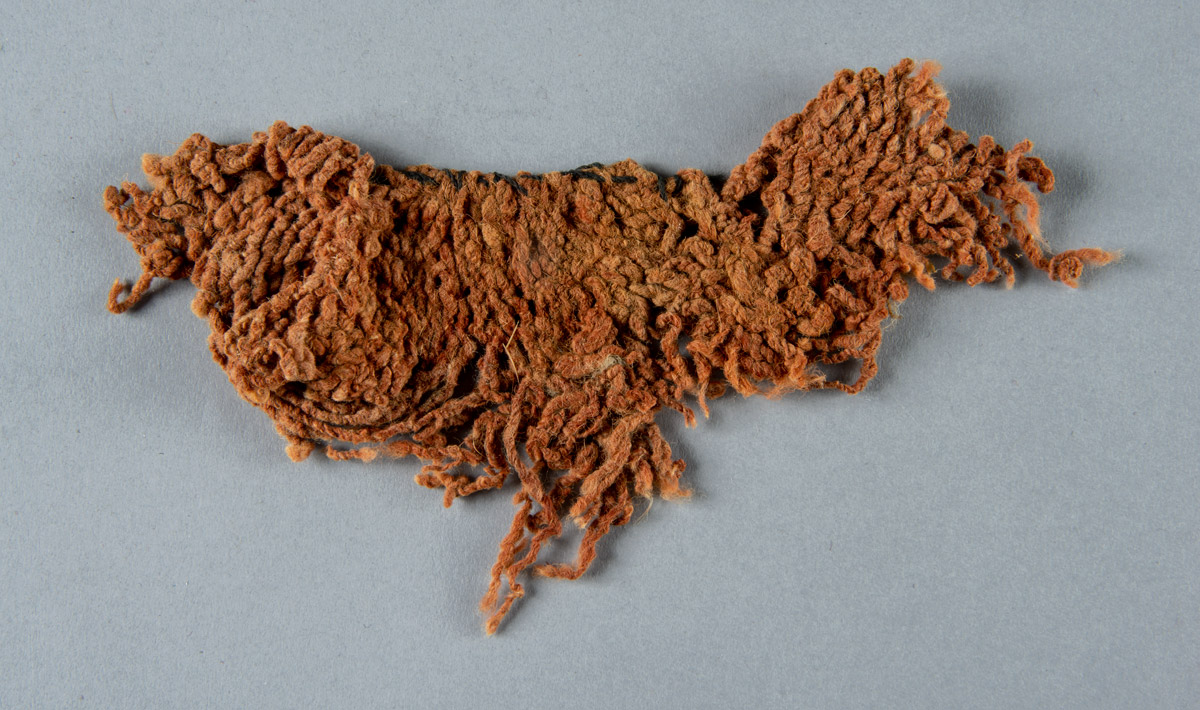
- Wool with red dye (possibly madder)
- Roman period (1st–4th century CE)
- Karanis, Egypt
- U-M Excavations, 1924–1935
- KM 12797
Textile fragment
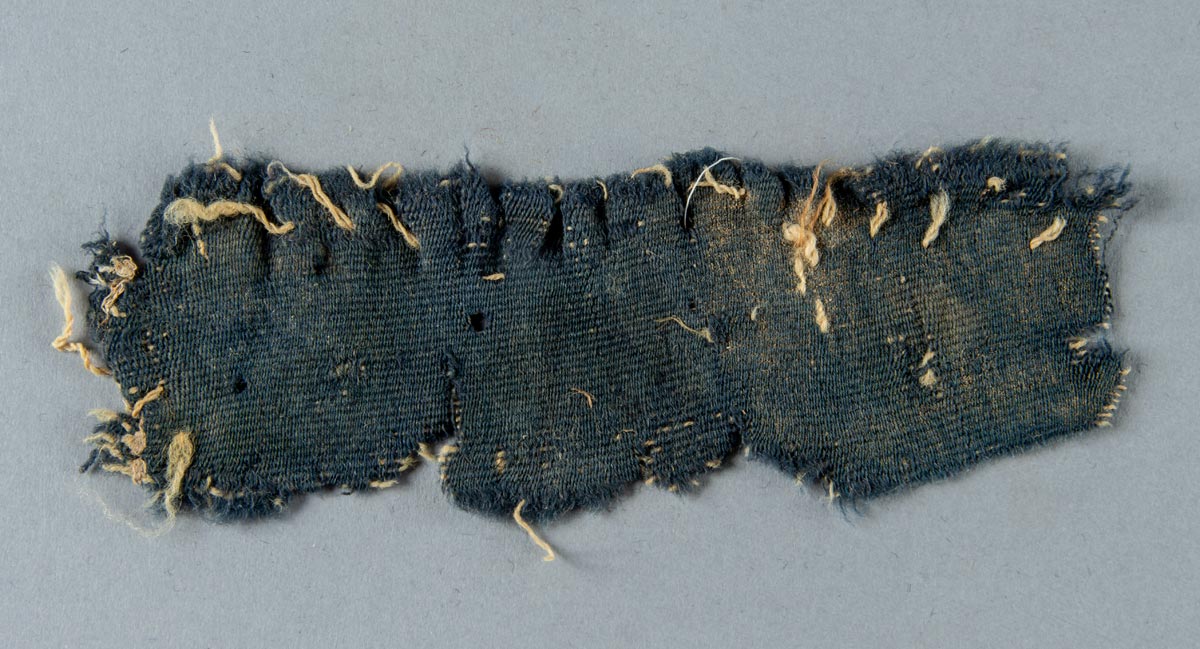
- Wool with blue dye (possibly indigo), flax
- Roman period (1st–4th century CE)
- Karanis, Egypt
- U-M Excavations, 1924–1935
- KM 12739
Funerary inscription

- Marble, mortar, and red pigment
- Roman period (1st–2nd century CE)
- Pozzuoli, Italy
- Purchase, De Criscio Collection, 1899
- KM 915
Funerary stela
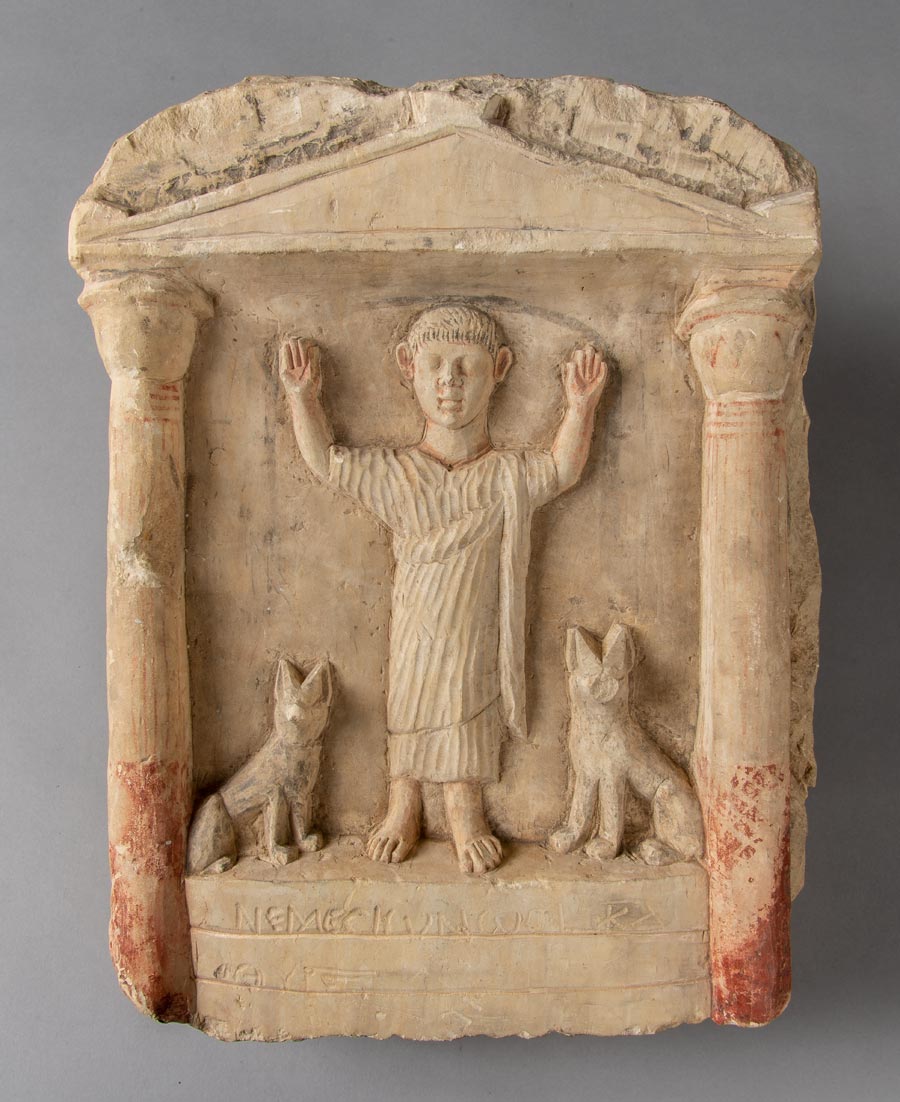
- Limestone with black, white, red, and pink pigment
- Roman period (late 2nd–early 4th century CE)
- Terenouthis, Egypt
- U-M Excavations, 1935
- KM 21052
Eros and a swan figurine
This figurine may have been given to a god in a temple or placed in someone’s house to bring good fortune.
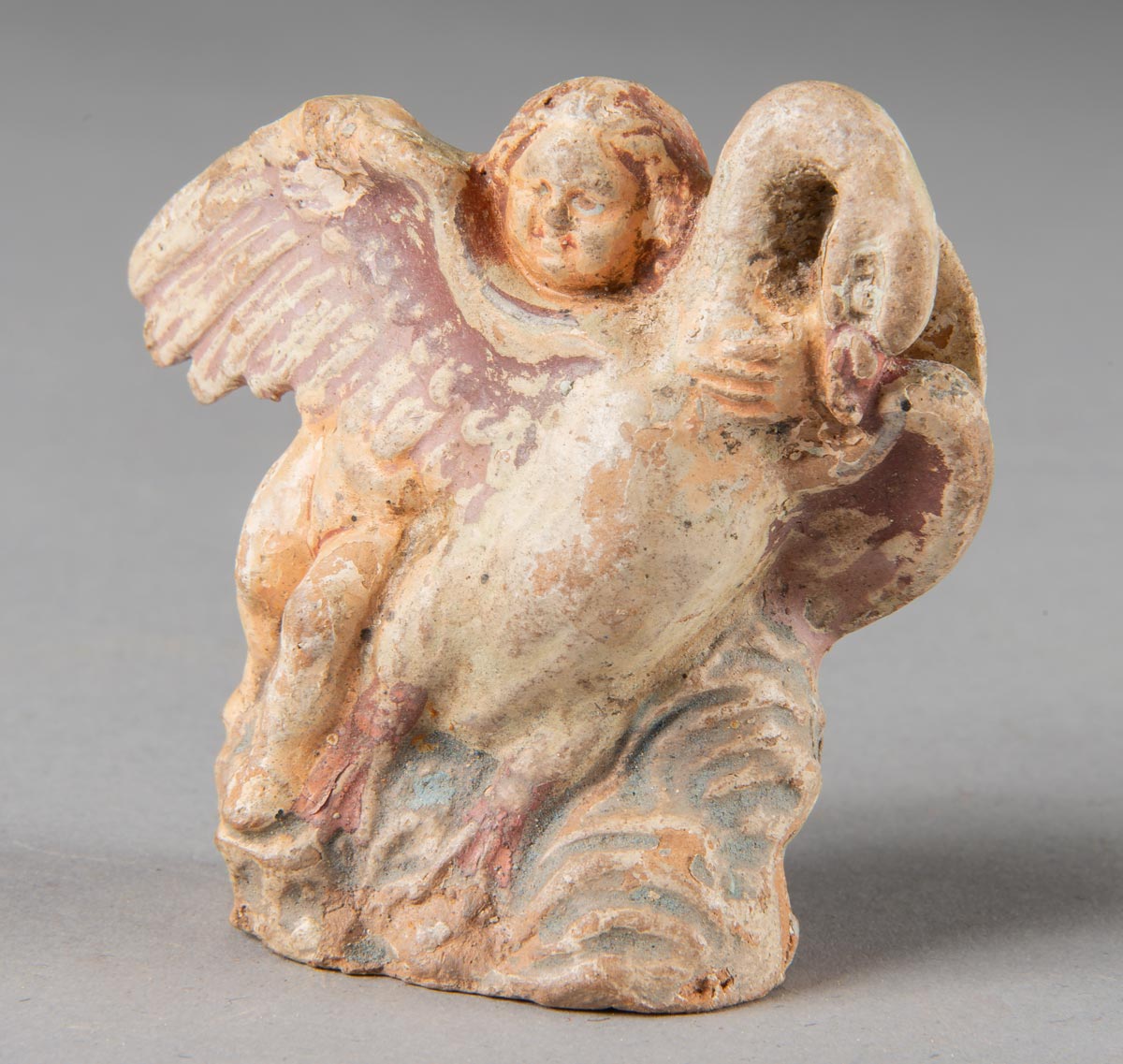
- Terracotta, gesso, and white, red, Egyptian blue, dark and pale purple, and pink pigment
- Roman period (1st–3rd century CE)
- Fayum region, Egypt
- Gift of Peter Ruthven, 1935
- KM 6578
Statuette
This statuette was found in a sanctuary (the sacred area around a temple) on Cyprus and was probably given as a gift to the god worshipped there.
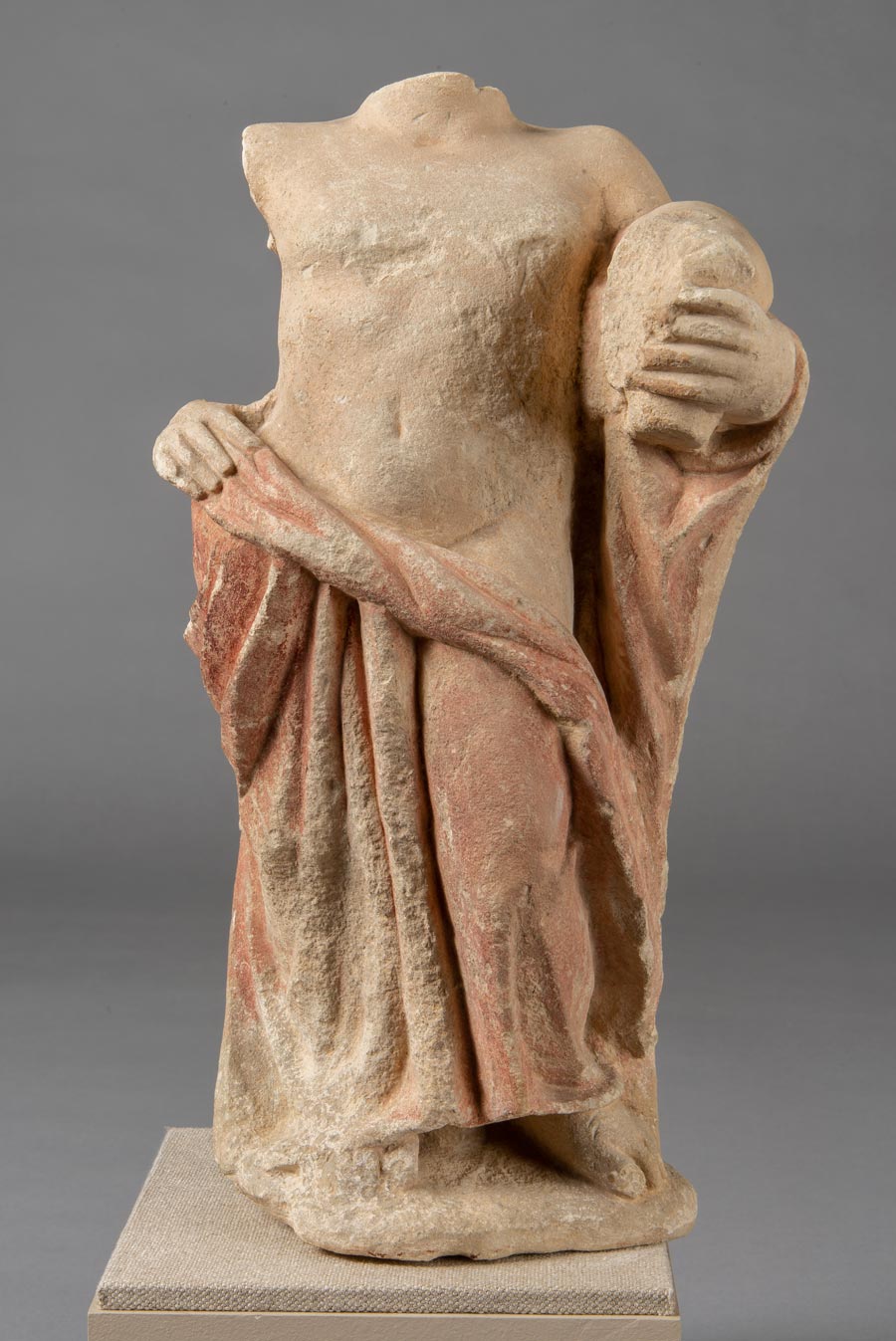
- Limestone and red, pink, and possibly yellow pigment
- Roman period (late 2nd century BCE or later)
- Golgoi, Cyprus
- Gift of H. C. Hoskier, 1928
- KM 3078
Figurine of the god Harpocrates
This figurine may have been given to a god in a temple or placed in someone’s house to ward off evil spirits.
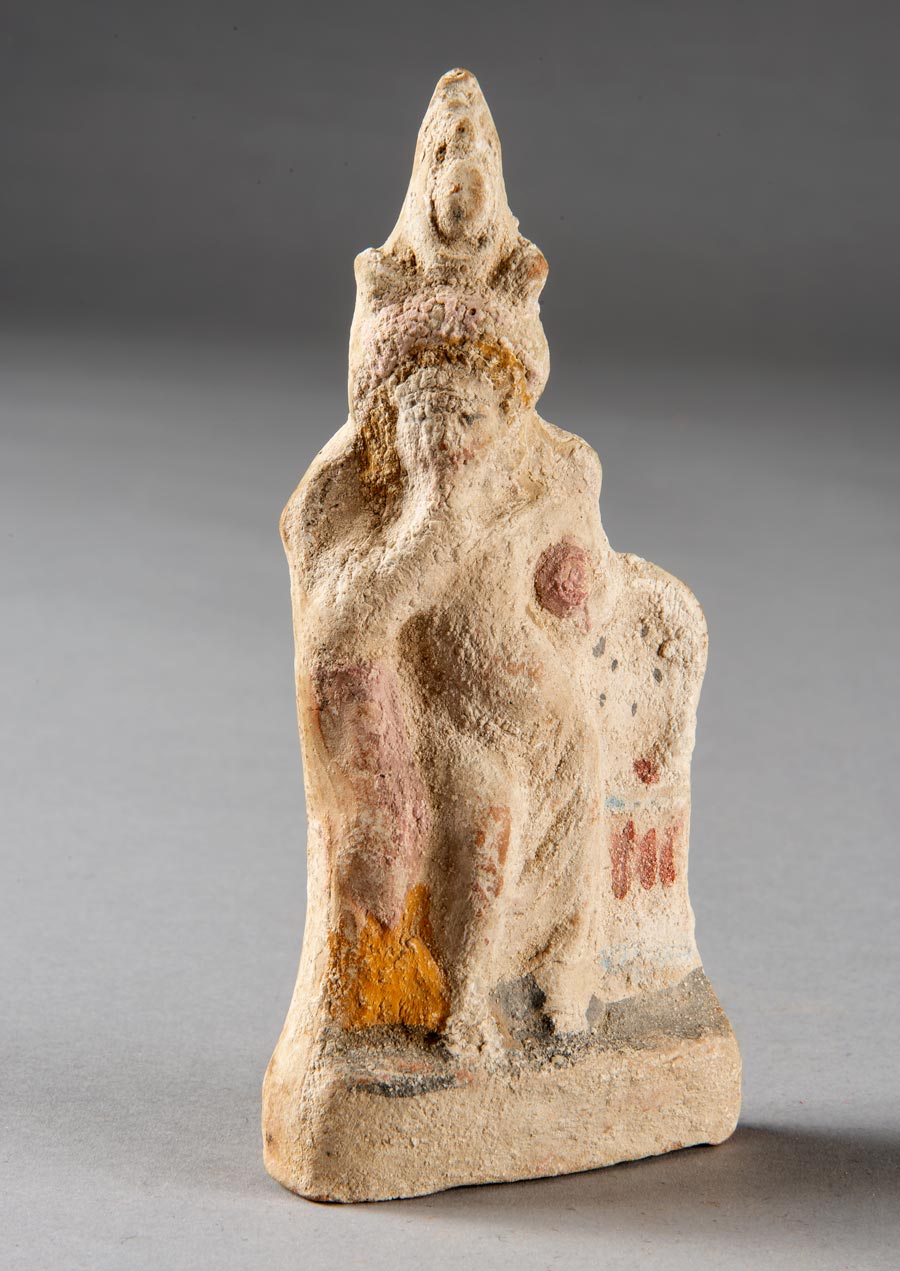
- Terracotta, gesso, and black, yellow, red, pink, and Egyptian blue pigment
- Roman period (2nd–3rd century CE)
- Karanis, Egypt
- U-M Excavations, 1924–1935
- KM 6449
Figurine of the god Harpocrates
This figurine may have been given to a god in a temple or placed in someone’s house to ward off evil spirits.
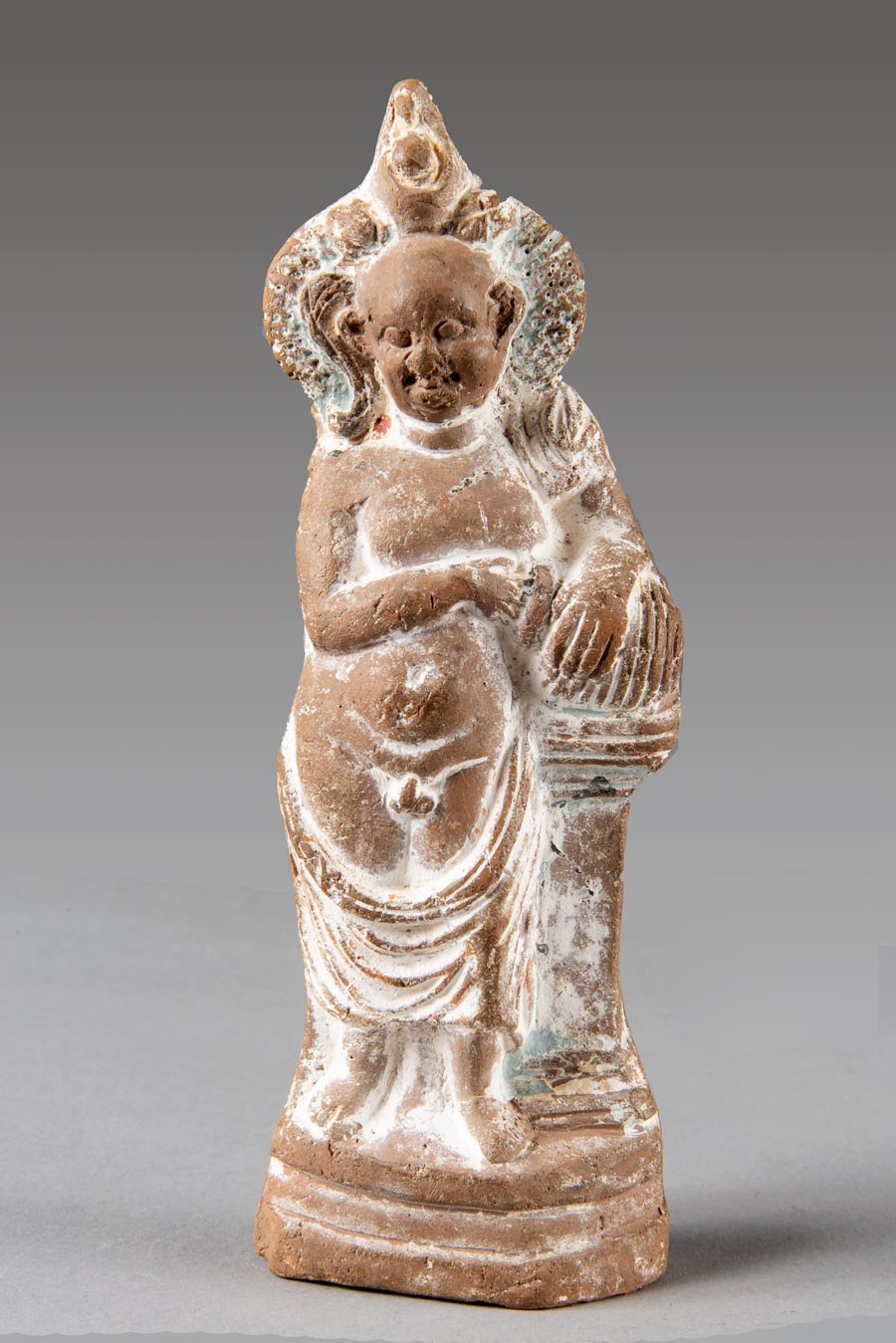
- Terracotta, gesso, and black, red, and unknown blue pigment
- Roman period (2nd century CE)
- Fayum region, Egypt
- U-M Excavations purchase, 1935
- KM 6947
Mortar and pestle
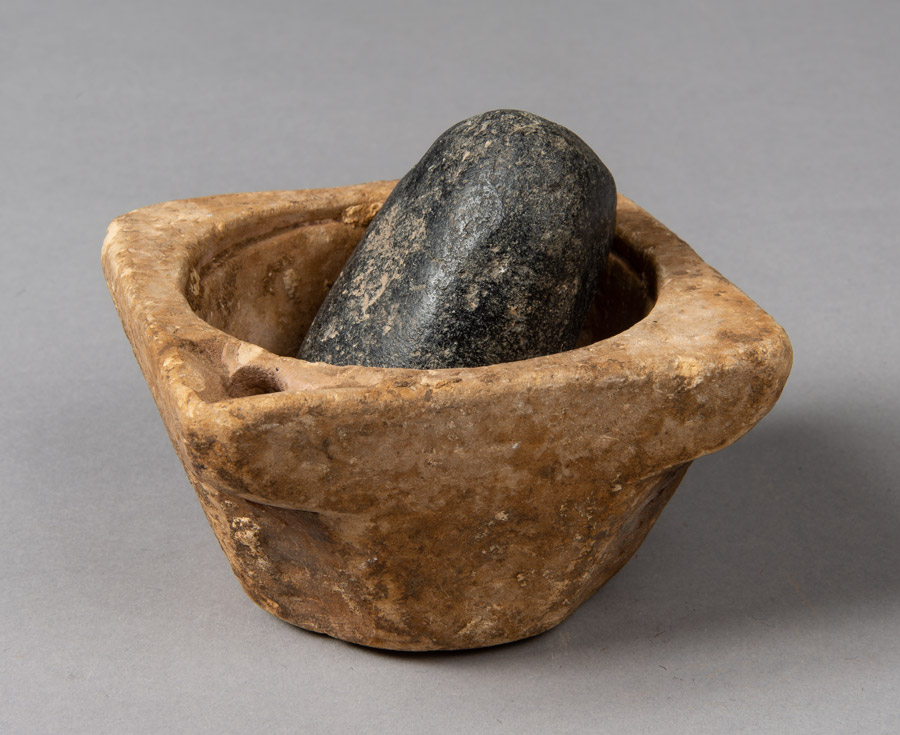
- Mortar
- Stone (marble?)
- Roman period (1st–4th century CE)
- Karanis, Egypt
- U-M Excavations, 1924–1935
- KM 25856
- Pestle
- Stone
- Roman period (1st–4th century CE)
- Italy, possibly Tuscany
- Gift of Dr. E. S. McCartney, 1937
- KM 91921
Bowl with red pigment
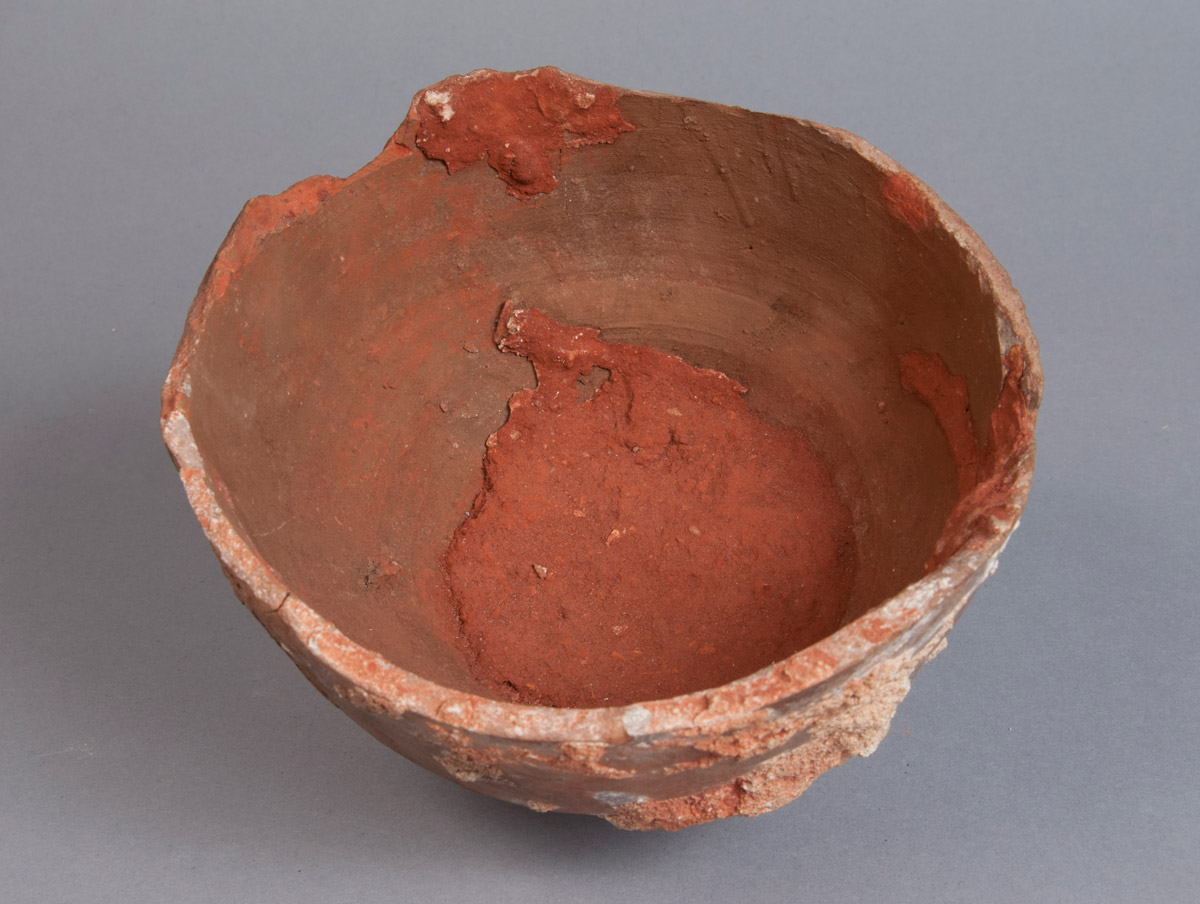
- Ceramic, iron-based mineral pigment with unknown binder
- Roman period (2nd–4th century CE)
- Terenouthis, Egypt
- U-M Excavations, 1935
- KM 21379
Bowl with green pigment
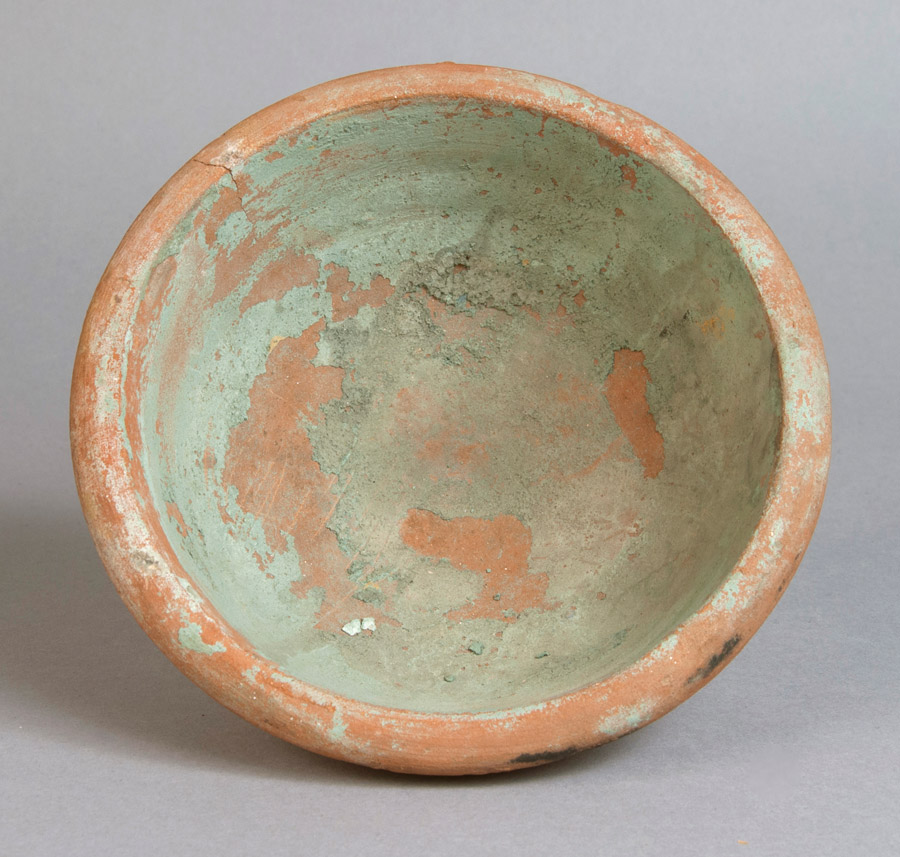
- Ceramic, copper-based mineral pigment with unknown binder
- Roman period (2nd–4th century CE)
- Terenouthis, Egypt
- U-M Excavations, 1935
- KM 21258
